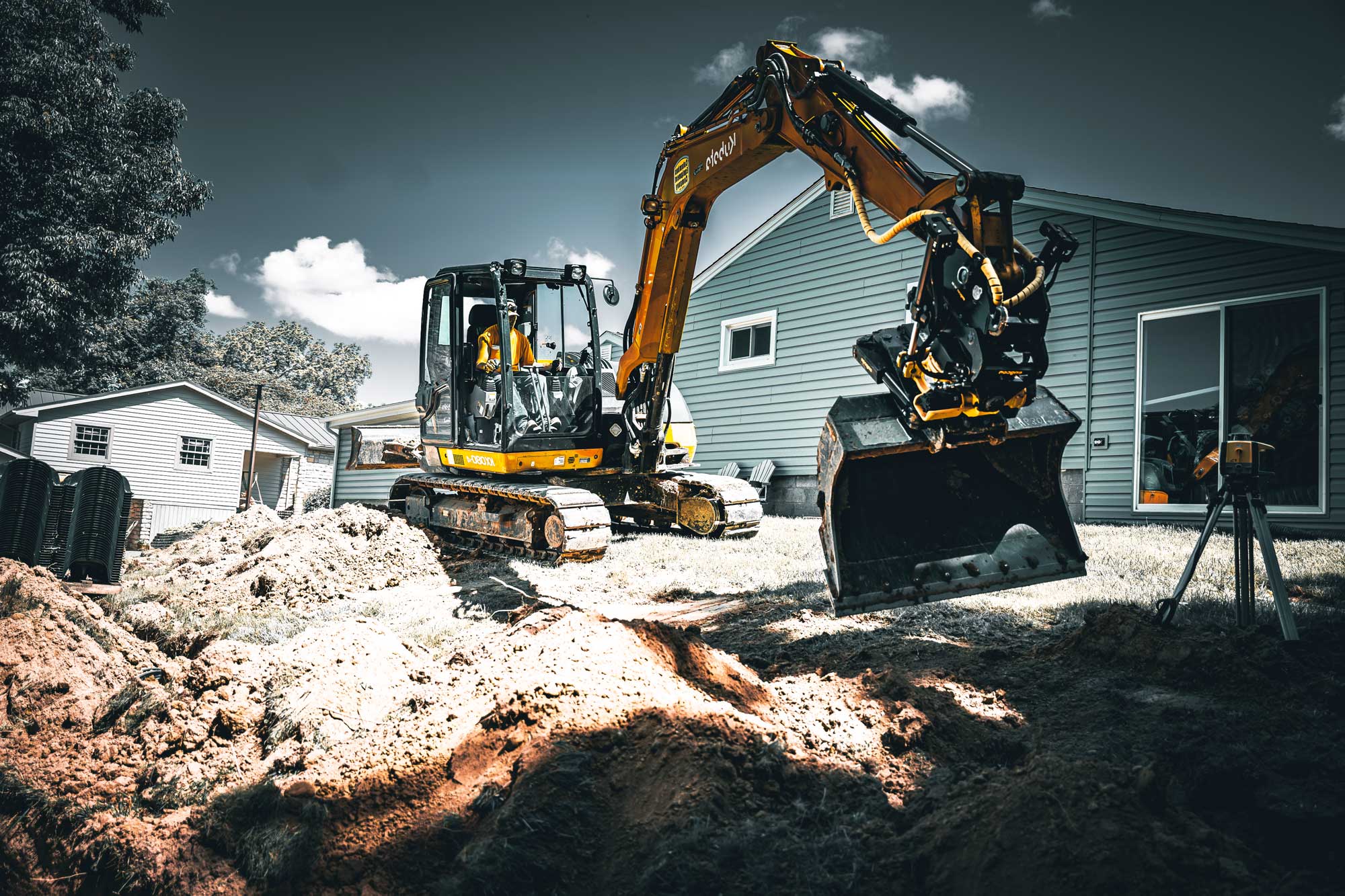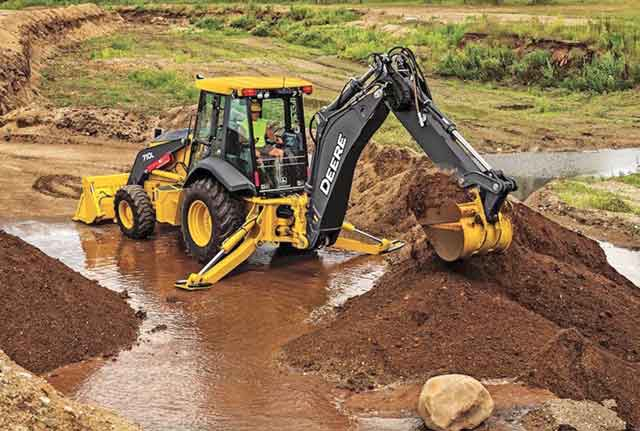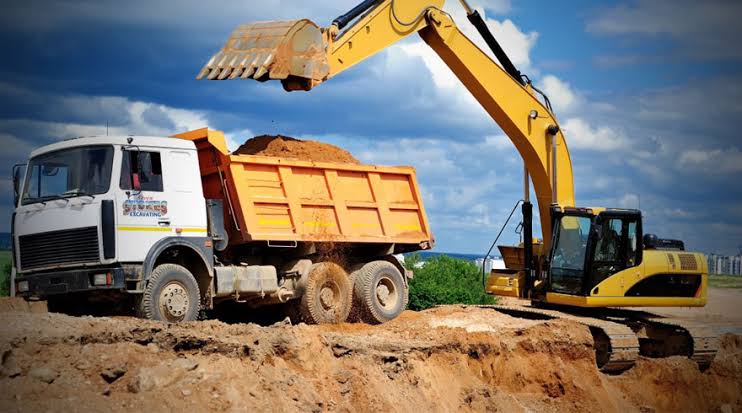Affordable Lancaster Excavation - Quality Excavation at Competitive Rates
Affordable Lancaster Excavation - Quality Excavation at Competitive Rates
Blog Article
Extensive Expedition: The Science Behind Superior Excavation Practices
The world of excavation methods is a domain name where science intertwines with workmanship to uncover the enigmas concealed beneath the planet's surface. From ancient hand devices to modern hydraulic excavators, the evolution of excavation strategies has actually been a testimony to human ingenuity and technological improvements. What really sets premium excavation methods apart is a deep understanding of geological concepts, coupled with the application of advanced devices and methodologies. By exploring the science behind these techniques, we can uncover the tricks that lie underneath our feet and value the accuracy and expertise that enter into every dig.
Evolution of Excavation Techniques
Throughout background, the advancement of excavation techniques has actually played an important function beforehand building and construction methods and archaeological discoveries. From the rudimentary devices utilized by our ancestors to the innovative equipment utilized in contemporary times, the development of excavation approaches has dramatically transformed just how we approach various projects.
In ancient times, manual work with fundamental devices such as wheelbarrows, pickaxes, and shovels was the key method of excavation. This labor-intensive process restricted the deepness and range of excavations, typically leading to slow-moving progression and limited access to particular sites. As people progressed, so did the devices and techniques made use of for excavation.
The Industrial Transformation noted a turning factor in excavation techniques with the introduction of steam-powered machinery. In modern times, modern technology plays a pivotal role in excavation, with advancements like GPS systems, drones, and 3D scanning enhancing accuracy and efficiency in the field.
Role of Modern Technology in Excavation

The assimilation of advanced modern technology has actually fundamentally reinvented the area of excavation, enhancing accuracy and effectiveness to unmatched levels. Among the essential technical developments that has dramatically affected excavation practices is the usage of general practitioner systems. These systems allow for precise mapping of excavation sites, enabling operators to accurately locate below ground utilities and frameworks. Furthermore, making use of telematics in excavation equipment has enabled real-time monitoring of maker performance, bring about proactive upkeep and enhanced functional productivity.
In addition, the advent of 3D modeling and simulation software program has streamlined the planning procedure for excavation tasks. Designers and drivers can currently visualize the entire excavation process prior to beginning, identifying potential obstacles and optimizing operations. In conjunction with this, the implementation of drones in excavation activities has helped with aerial surveys, volumetric dimensions, and website evaluations with unequaled rate and accuracy.
Geological Concepts in Excavation
An understanding of geological principles is vital for ensuring the architectural integrity and stability of excavation websites. Geological variables play a crucial role in establishing the feasibility and safety of excavation tasks.
By performing extensive geological studies and evaluation, excavators and designers can develop methods to mitigate threats and ensure the successful completion of excavation jobs. Ultimately, integrating geological concepts into excavation practices is essential for accomplishing safe, reliable, and sustainable results.

Latest Tools for Excavation
In the world of excavation practices, contemporary developments in devices have actually transformed the performance and accuracy of excavation processes. These drones can provide thorough aerial surveys of excavation websites, offering real-time this data on topography and potential risks.
An additional cutting-edge tool acquiring appeal is the execution of 3D printing technology for producing personalized excavation equipment. This permits for the production of specialized tools that are tailored to the specific needs of a project, boosting efficiency and minimizing downtime.
Furthermore, advancements in materials scientific research have led to the advancement of more powerful and much more sturdy excavation devices. lancaster trenching. Tungsten carbide-tipped excavator add-ons, for example, deal exceptional efficiency in challenging ground conditions, boosting efficiency on-site
Scientific research's Effect on Excavation Practices
In addition, improvements in materials science have brought about the development of more powerful, extra durable excavation tools and equipment. excavating ohio For example, making use of composite products in shovels and miners has actually enhanced their performance and long life, inevitably increasing productivity on excavation sites. In addition, clinical research on dirt auto mechanics and geotechnical engineering has actually supplied valuable understandings right into soil habits, permitting excavation professionals to make informed choices regarding excavation techniques and soil stabilization strategies. Generally, scientific research proceeds to drive technology and renovation in excavation methods, making excavation tasks more effective, economical, and lasting.

Conclusion
In conclusion, the advancement of excavation strategies has been substantially influenced by improvements in innovation and a much deeper understanding of geological concepts. The current devices and tools utilized in excavation have actually boosted performance and accuracy in the field. The application of scientific understanding has significantly enhanced excavation practices, resulting in extra efficient and lasting techniques for digging deep into various sorts of materials.
In the world of excavation techniques, contemporary innovations in tools have actually transformed the effectiveness and precision of excavation processes. By leveraging scientific principles, the excavation sector has actually been able to substantially improve performance, precision, and security in excavation procedures. GPR enables excavation teams to non-invasively check and map subsurface structures, utilities, and potential hazards, allowing them to plan excavation jobs with better accuracy and reduced risk of accidents.
Additionally, clinical research on soil mechanics and see geotechnical engineering has actually offered beneficial insights right into soil habits, allowing excavation specialists to make informed decisions concerning excavation techniques and dirt stablizing techniques. On the whole, science continues to drive development and improvement in excavation methods, making excavation projects much more effective, economical, and lasting.
Report this page